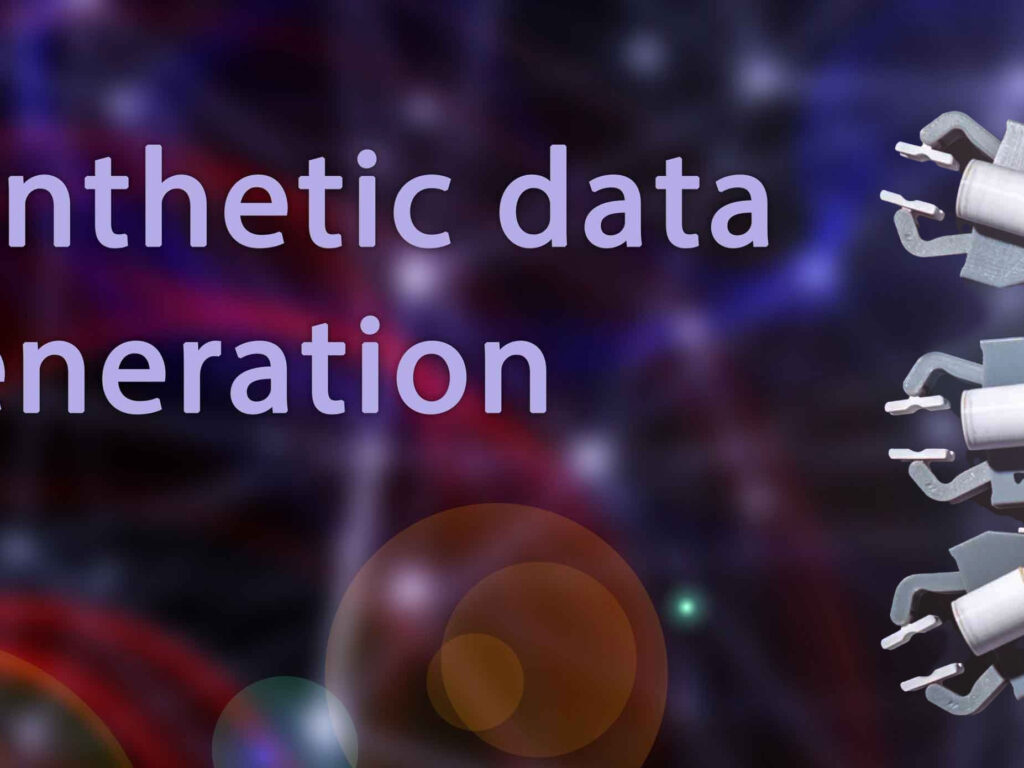In this contributed article, Jonah Leshin, Head of Privacy Research at Datavant, discusses how we have seen a rapid increase in the digitization and standardization of health data. With this groundwork laid, more recently, there have been concerted efforts to connect siloed health data sources in support of more impactful use cases. Synthetic data serves as a powerful complementary tool for the analyses that these use cases require, bringing us closer to maximizing data utility within the healthcare ecosystem.
How Synthetic Data can be Created and Utilized for a Wide Range of Use Cases in Healthcare
The Importance of Data Quality in Benefits
In this contributed article, Peter Nagel, VP of Engineering at Noyo, addresses the benefits/insurance industry’s roadblocks and opportunities — and why some of the most interesting data innovations will soon be happening in benefits.
Overcoming Data Overload with Data Fabric
In this contributed article, Pradeep Menon, EVP, Digital Transformation Services Delivery, at Orion Innovation, discusses how reducing repetitive tasks in data discovery, analysis, and implementation is challenging. Organizations today are not only looking to reduce those repetitive tasks but also incorporate augmented data management solutions to drive revenue. The key to success is understanding the importance of incorporating data fabric as part of an overall data strategy that delivers real-time, secure, and connected data across the organization to support modern applications, insights, and analytics.
Modern Observability: When “Small” Data Beats Big Data
In this contributed article, Ozan Unlu, CEO and Founder of Edge Delta, explores how a cloud-first world demands that observability be approached in a different way, one that favors “small data” over “Big Data.” In some cases, Ozan believes, a central repository is no longer even needed.
Oracle’s New Pricing Model Ignores the Value of Java
Scott Sellers, Azul President, CEO & Co-founder, breaks down why Oracle’s recent pricing changes could be the tipping point in accelerating the shift towards third-party Java runtimes
ChatGPT: A Fraud Fighter’s Friend or Foe?
In this contributed article, Doriel Abrahams, Head of Risk, U.S., Forter, explores how ChatGPT can combine with social engineering to conduct fraud, some of the generative AI trends he anticipates will play out this year, and how existing fraud rings could use the technology to manipulate both businesses and consumers alike.
From Data Mess to Data Mesh
In this contributed article, David Castro-Gavino, Global Vice President of Data at HelloFresh, highlights how the data mesh movement has been underway in recent years with the goal of reducing interdependencies and enabling self-service business intelligence. However, moving to a distributed data ownership takes organization, planning and buy-in from the right stakeholders, and we cannot underestimate the cultural change needed to accomplish this.
Why SLIs and SLOs Are Essential for Observability
In this contributed article, Jemiah Sius, Director, Product Management, New Relic, discusses the difference between good and bad SLIs — and how that can inform creating the best SLOs to measure improvement. Establishing SLIs and SLOs will result in a simpler and more responsive observability practice, tighter alignment with the business, and a faster path to improvement. It’s simple and easy to get started, practice this on one service and see how well it works.
Why FinOps Needs DataOps Observability
In this special guest feature, Chris Santiago, Vice President/Solutions Engineering, Unravel Data, talks about controlling cloud spend through three phases of the FinOps lifecycle.
Understanding 4 Concepts for Avoiding Bias in AI-enabled Fraud Detection
In this special guest feature, Ilya Gerner, Director of Compliance Strategy for GCOM, explains why bias can be an issue when using artificial intelligence (AI) for fraud detection. By understanding key concepts of machine learning (ML), organizations can ensure greater equity in AI outputs.












